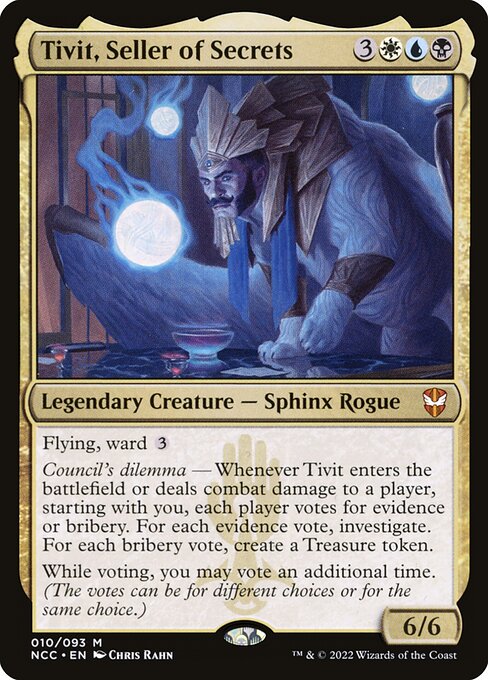Deck & Commander Strategies
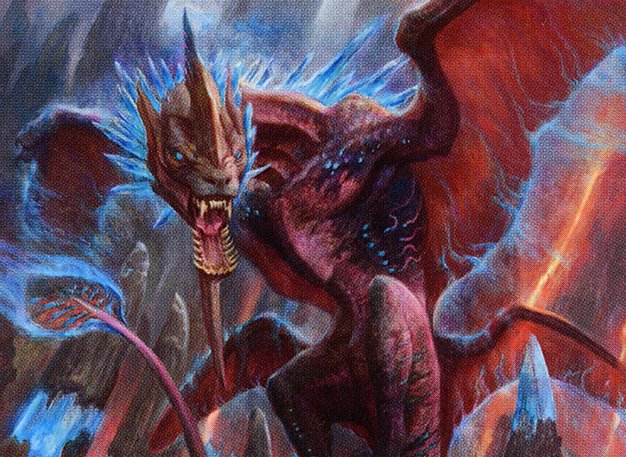
Vadrok, Apex of Thunder
Focuses on generating infinite extra turns and treasures using artifact synergies and storm-like combos to win through repeated activations.
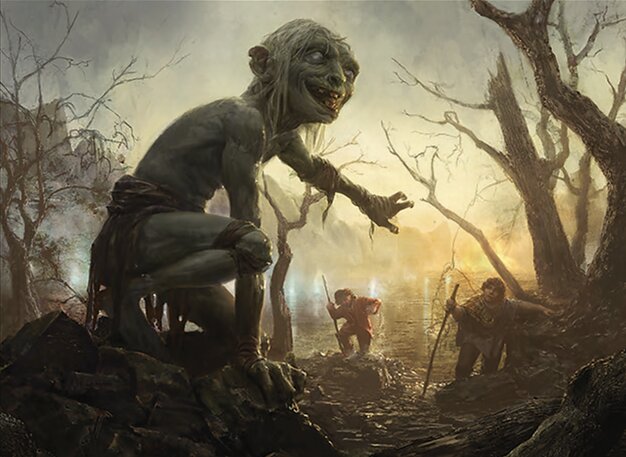
Sméagol, Helpful Guide
Utilizes self and opponent creature control along with milling and Leyline of the Void to exile opponents’ libraries and win via mill-out.
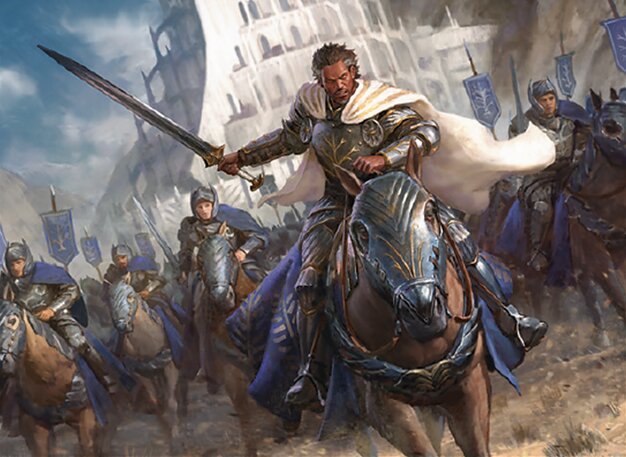
Aragorn, the Uniter
Relies on top-deck manipulation and red-based damage combos, supported by a light stax and disruption package to control the tempo and close out the game.

Tivit, Seller of Secrets
Uses artifact ramp and value generation, leveraging Dockside Extortionist and mana rocks to accelerate into powerful spells and tutors for a combo or control finish.
Gameplay Insights
- 1
Early use of Dockside Extortionist and Mystic Remora provided significant mana acceleration and card advantage, crucial for cEDH speed.
- 2
Sméagol’s player effectively timed Leyline of the Void and milling to disrupt opponents’ graveyards and libraries, controlling the game flow.
- 3
Interaction such as discard spells and counterspells were pivotal in slowing down aggressive combos, particularly against Vadrok’s extra turn synergies.
- 4
Mana base consistency and early ramp decisions heavily influenced players’ ability to execute their strategies, with mulligans reflecting the need for precise starts.
- 5
The synergy between artifact mana generation and storm-style combos was key for Vadrok and Tivit decks, highlighting the importance of resource management in cEDH.
Notable Cards
-

Dockside Extortionist
-
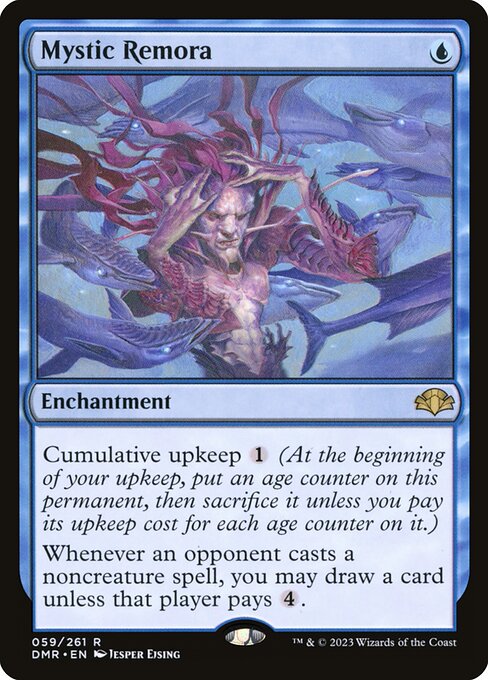
Mystic Remora
-
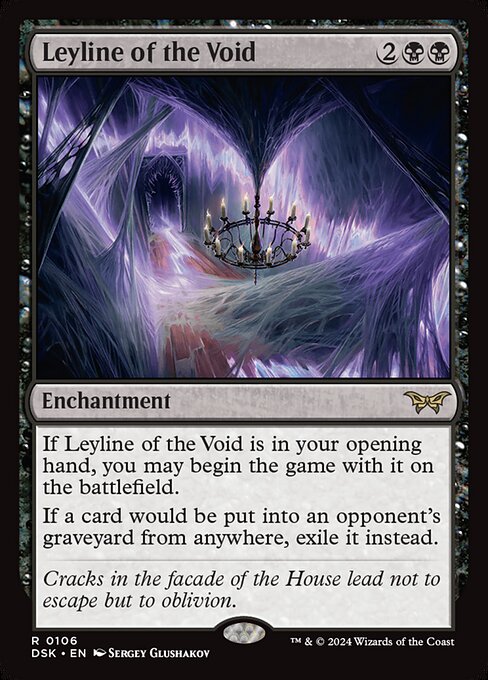
Leyline of the Void
-

Mana Crypt
-

Demonic Tutor
-
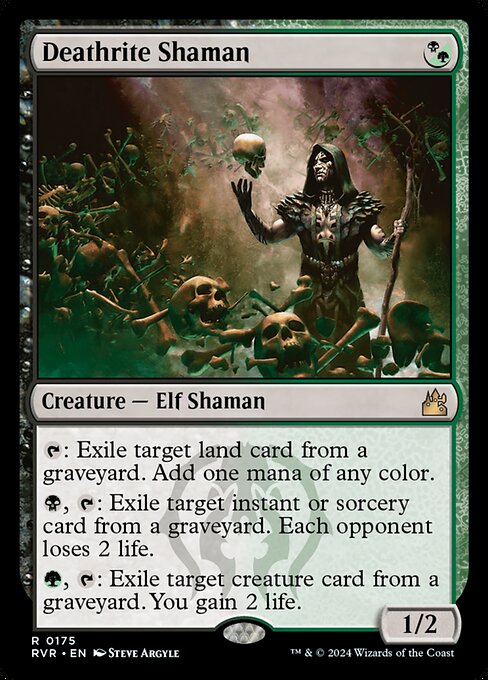
Deathrite Shaman
-

Skullclamp
-

Chord of Calling
Gameplay Summary
The game featured four commanders representing different strategies: Vadrok, Apex of Thunder; Sméagol, Helpful Guide; Aragorn, the Uniter; and Tivit, Seller of Secrets.
Early turns focused heavily on mana ramping and card draw, with players looking to establish a board presence or set up key combos.
Vadrok’s deck sought to generate infinite extra turns through artifact synergies, leveraging treasures and spells to accelerate mana and storm count.
Aragorn aimed to use top-deck manipulation and red damage combos to close out the game, supported by a light stax package to disrupt opponents.
Sméagol’s strategy revolved around milling opponents while controlling the board with creature removals and leveraging Leyline of the Void to exile opponent libraries, aiming for a mill-out victory.
Tivit’s deck was focused on generating value through artifacts and tutors, using Dockside Extortionist and various mana rocks to ramp into powerful spells quickly. A major turning point was the early deployment of Dockside Extortionist and Mystic Remora, providing significant mana acceleration and card advantage, which allowed players to execute their strategies faster.
The gameplay saw interaction through discard and counterspells to slow down aggressive combos.
Sméagol’s player effectively used mill and graveyard disruption elements to keep opponents in check, while Vadrok’s pilot tried to leverage infinite extra turns but faced pressure from opponents’ stax elements and removal.
Ultimately, the game revolved around managing resources efficiently while navigating interaction from other players, with victory hinging on assembling a combo or overwhelming control elements.





